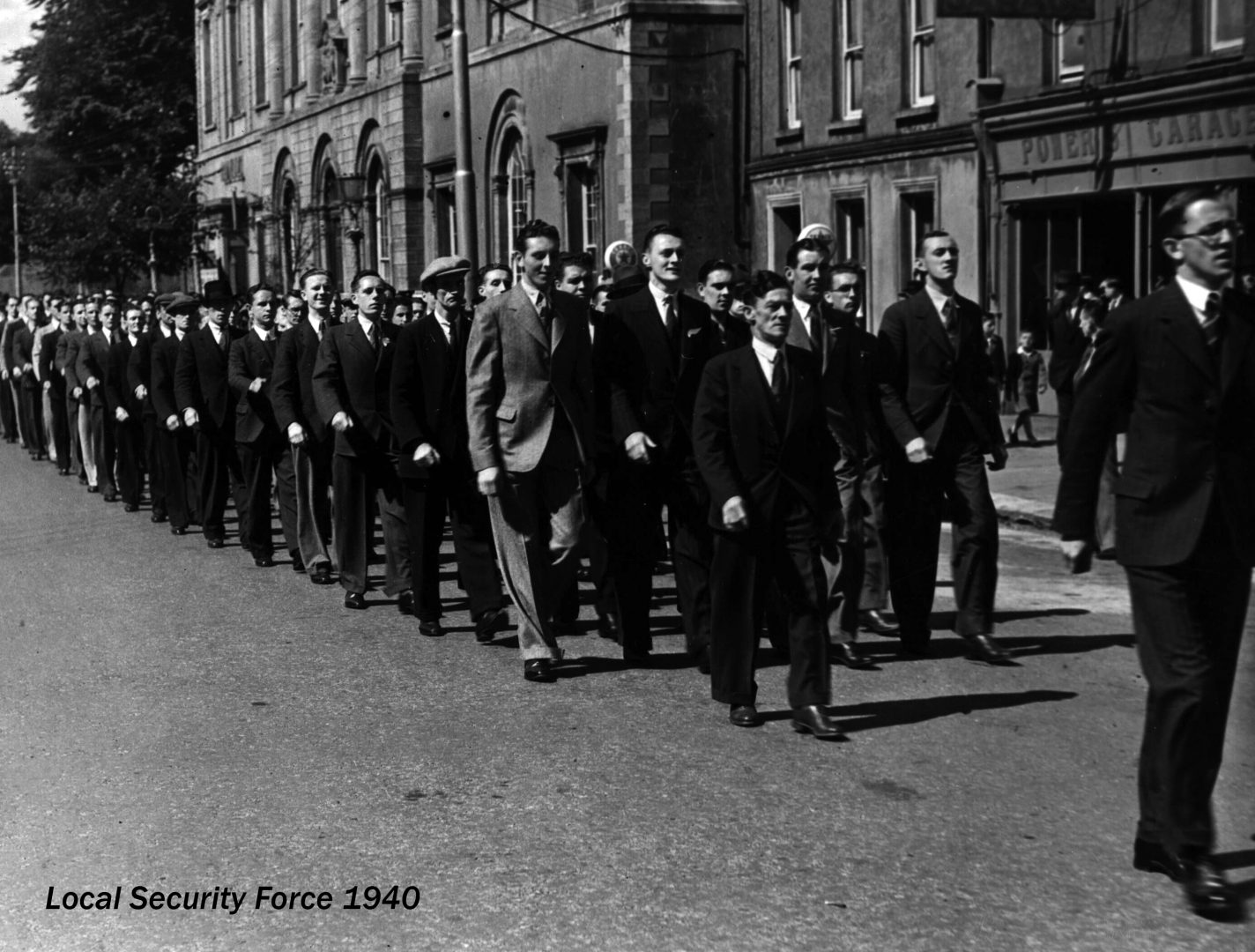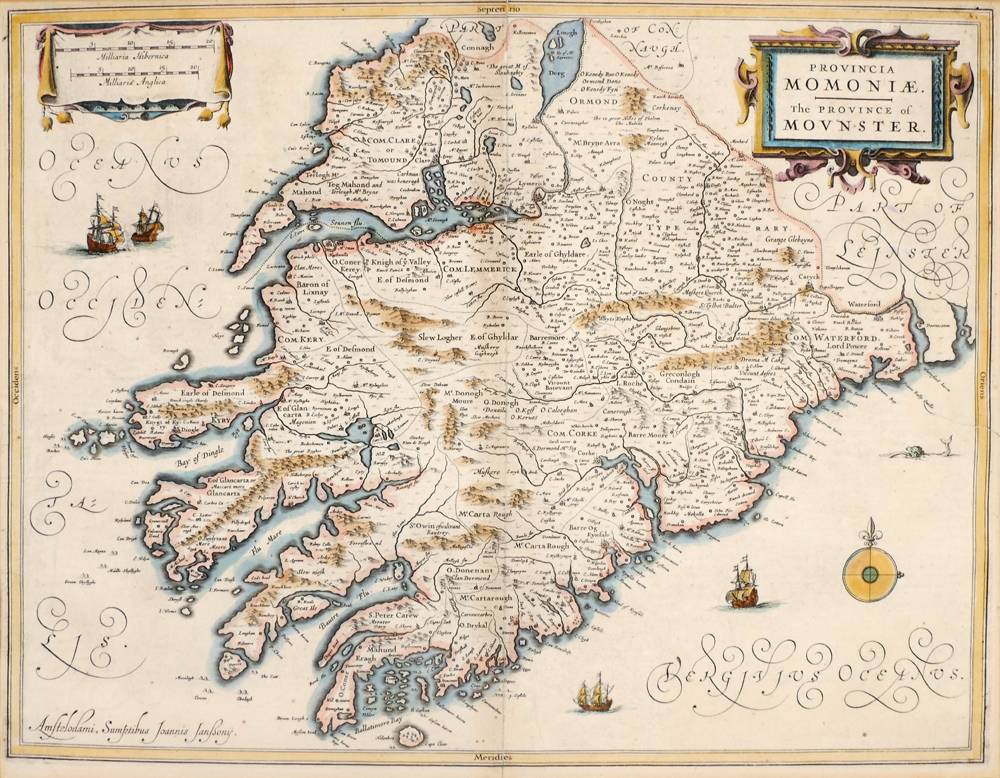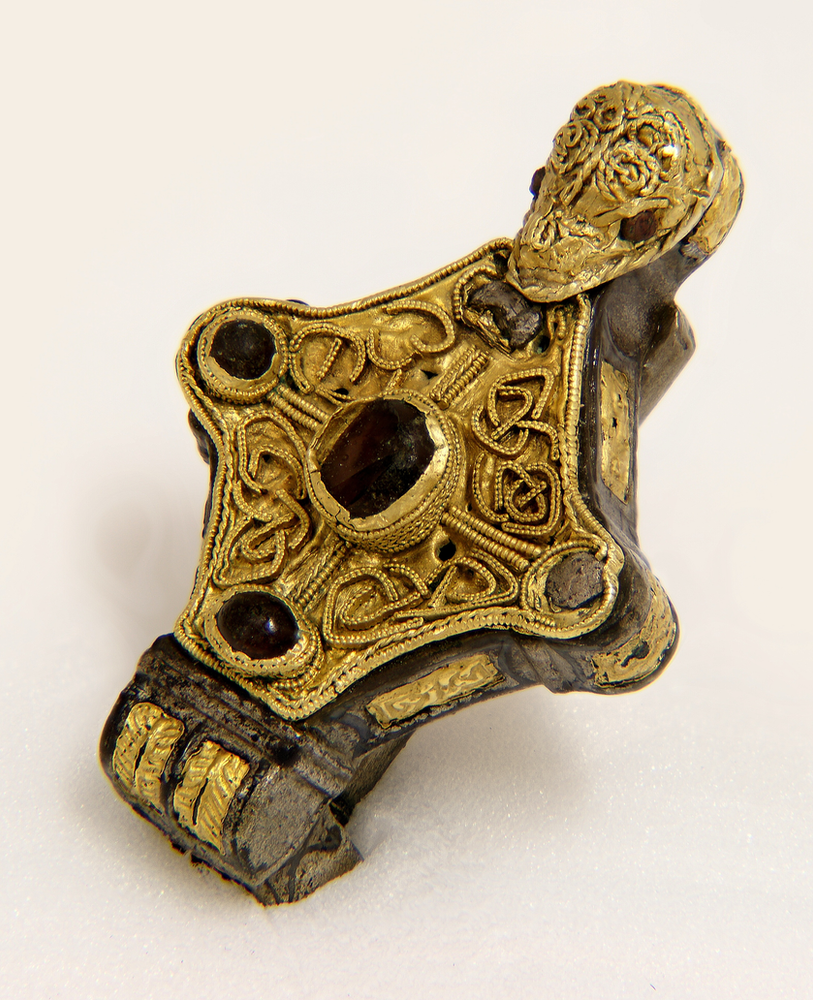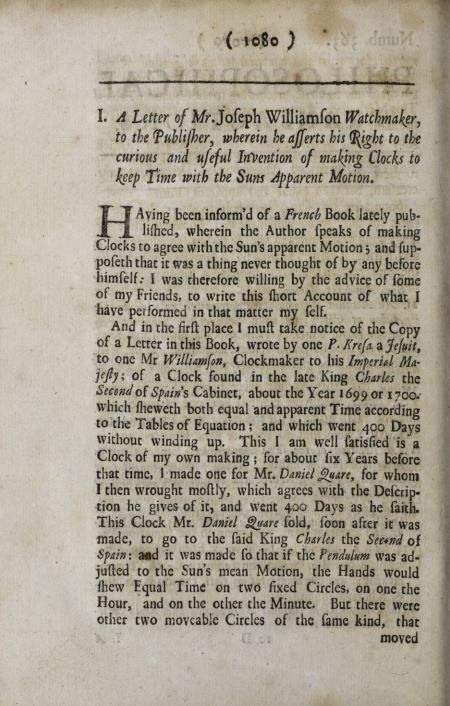
We’re cheating a little bit here, given that Charles II of Spain (or Carlos in his native tongue) was

not technically a Georgian man, being … well, Spanish! However, Joseph Williamson, the clock-maker we are concerned with today was certainly living in Georgian London.
In 1719, the Royal Society of Great Britain published a letter from Mr. Joseph Williamson regarding a curious little clock found in a cabinet belonging to King Charles II of Spain. Williamson was astounded by the description of the genius little clock – an equation clock no less – which measured not only standard time, but also the correct solar time simultaneously – mostly because he immediately recognised it as one of his own!
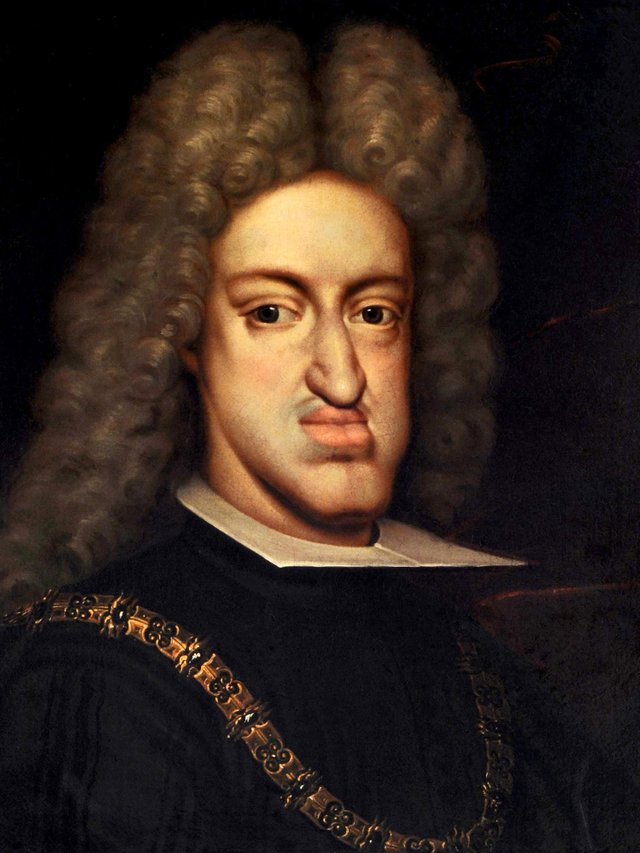
The death of the Spanish King was not wholly unexpected. Bettern known as ‘El Hechizado’, or ‘The Bewitched’ – Charles was then product of generations of inbreeding and was plagued with healthn difficulties throughout his life. The last of the Spanish Habsburgs,n Charles had a prominent ‘Habsburg jaw’ which made it incrediblyn difficult for the monarch to speak or eat. In his family tree, hisn ancestor Joanna I of Castle (Joanna the Mad) appears no lessn than seventeen times and he was a son, a grand-nephew and an first-cousin to his own Father simultaneously. American historiann William Durant, writing about the Spanish king in 1963 describedn him as: “short, lame, epileptic, senile and completely bald beforen 35, always on the verge of death but repeatedly baffling Christendom by continuing to live.”
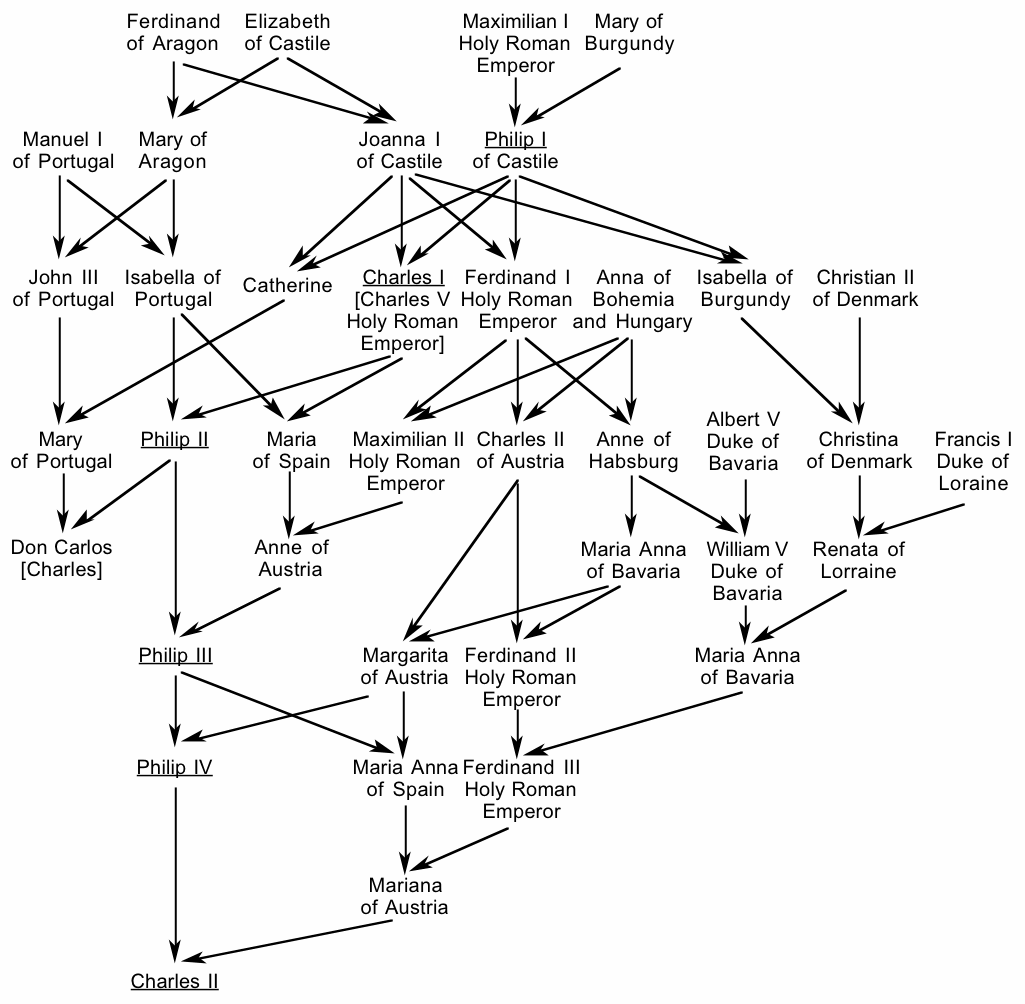
As a result of the health problems caused by generations of inter-marrying, Charles had no
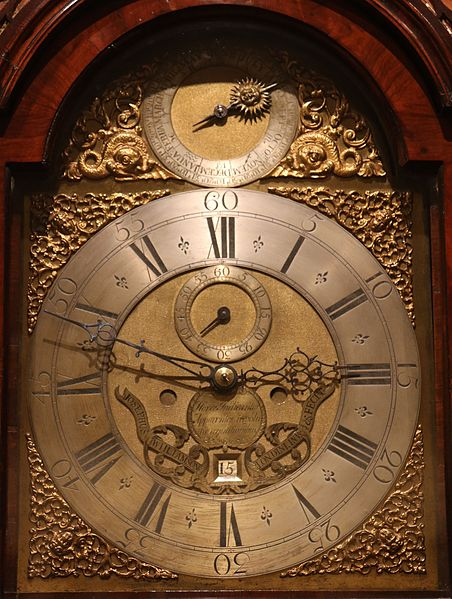
heirs. His death therefore led directly to the War of the Spanish Succession and so the publishing of the contents of the late King’s private rooms was a source of some intrigue – but nobody could have been more surprised than Joseph Williamson when he discovered he had been a clock-maker to the King all those years without knowing! The clocks were sold through another maker named Daniel Quare, who also sold one of Williamson’s equation clocks to King William III of England, Scotland and Ireland. At that time, clocks were changing quickly, with more and more accurate clocks being invented every year. So for kings and wealthy men interested in having the best technology of the day, equation clocks were a must have.
While Williamson was an Irish clock-maker, and had trained in Dublin, he worked in London – as many Irish clock-makers of that time did. He rubbed shoulders with great makers like Thomas Tompion – the Father of English Clock-making. This watch of his is a little earlier than the invention of his equation clock, but even here we can see his fine craftsmanship and attention to detail. Dating to 1690, it is a silver quarter-repeating pocket watch. Repeating pocket watches chime the hours and minutes displayed on the clock-face at the press of a button. An incredibly complex mechanism for that time, and difficult to make, the repeating watch had only been invented 14 years earlier.
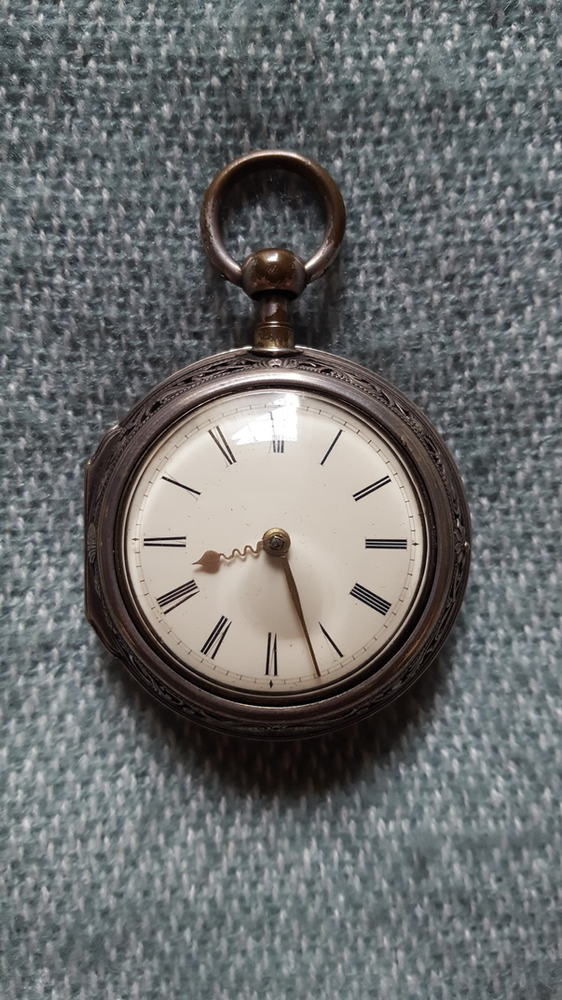
See this watch, and more treasures from the history of clock-making, in the Irish Museum of Time – opening early 2020 in the former nineteenth-century Greyfriars Church.

